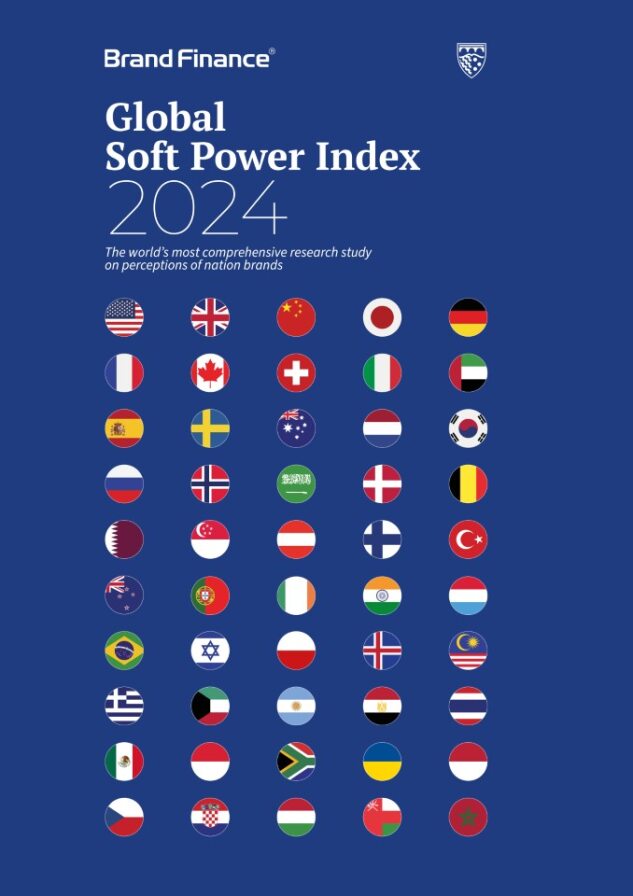This article was originally published in the Global Soft Power Index 2024

Founder & Editor,
The Place Brand
Observer
In 2015, during a conversation with Luigi Cabrini, the Chair of the Board at the Global Sustainable Tourism Council, he shared a thought that has stayed with me ever since. "I see tourism as the sunny side of countries and peoples, willing to show their best and to welcome anybody interested in their nature, culture, music, gastronomy. It is the opposite of the dark side, which produces wars, conflicts, and displacement."
This perspective shifted my view on tourism and its role in shaping the identity and perception of nations on the global stage.
Reflecting on that moment, I have seen how this sunny side of tourism aligns perfectly with the concept of regenerative tourism—a forward-thinking approach that goes beyond mere sustainability. It is about actively contributing to the healing and enhancement of our destinations, creating a net positive impact that benefits not only the environment and local communities but also the global image of a nation.
Countries like New Zealand, Costa Rica, and Bhutan illustrate the potential of regenerative tourism. Each, in its own way, has harnessed the power of its natural beauty and cultural heritage to build a brand synonymous with environmental responsibility and sustainable living.
These efforts have not only boosted their international image, but have also translated into tangible economic benefits.
However, embracing regenerative tourism is not without its challenges. Achieving a balance between preserving natural resources and promoting tourism, avoiding the pitfalls of greenwashing, and ensuring equitable economic benefits remain significant hurdles.
Additionally, the unique tourism models, such as Bhutan's High Value, Low Volume approach, raise questions about scalability and inclusivity. Can these models be adapted to different socio-economic contexts, or do they risk excluding potential benefits to broader segments of society?

There are quite a few examples now of destinations driven by a bold vision of sustainability and ambition for regenerative development, directly benefiting their Soft Power. The stories highlighted on Sustainability-Leaders. com and in the Place Brand Leaders Yearbook 2024 offer insights into how tourism can serve as a force for good.
Yet, they also underscore the need for a nuanced approach to implementing regenerative practices. Success in one context does not guarantee replicability in another, and the path to regeneration requires careful consideration of local realities, stakeholder engagement, and the potential for unintended consequences.
From my conversation in 2015 to where we are today, it is evident that the journey toward fully realising the potential of regenerative tourism is complex. It demands a collective effort from nations, businesses, and individuals to navigate the challenges it presents.
Together, we can make sure that every country is celebrated for making our shared world a better place, truly showing off the sunny side of tourism that Luigi Cabrini spoke about.

